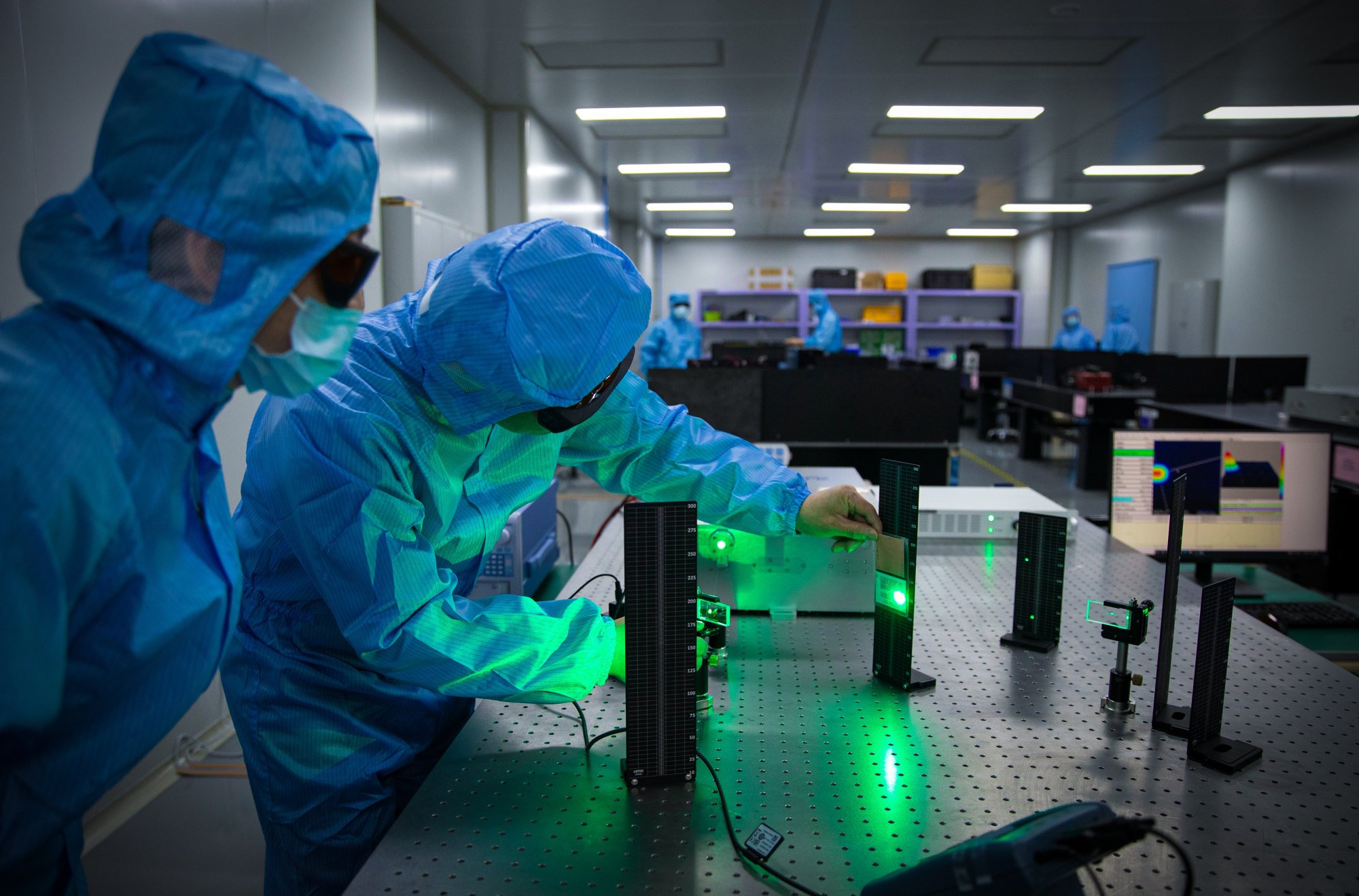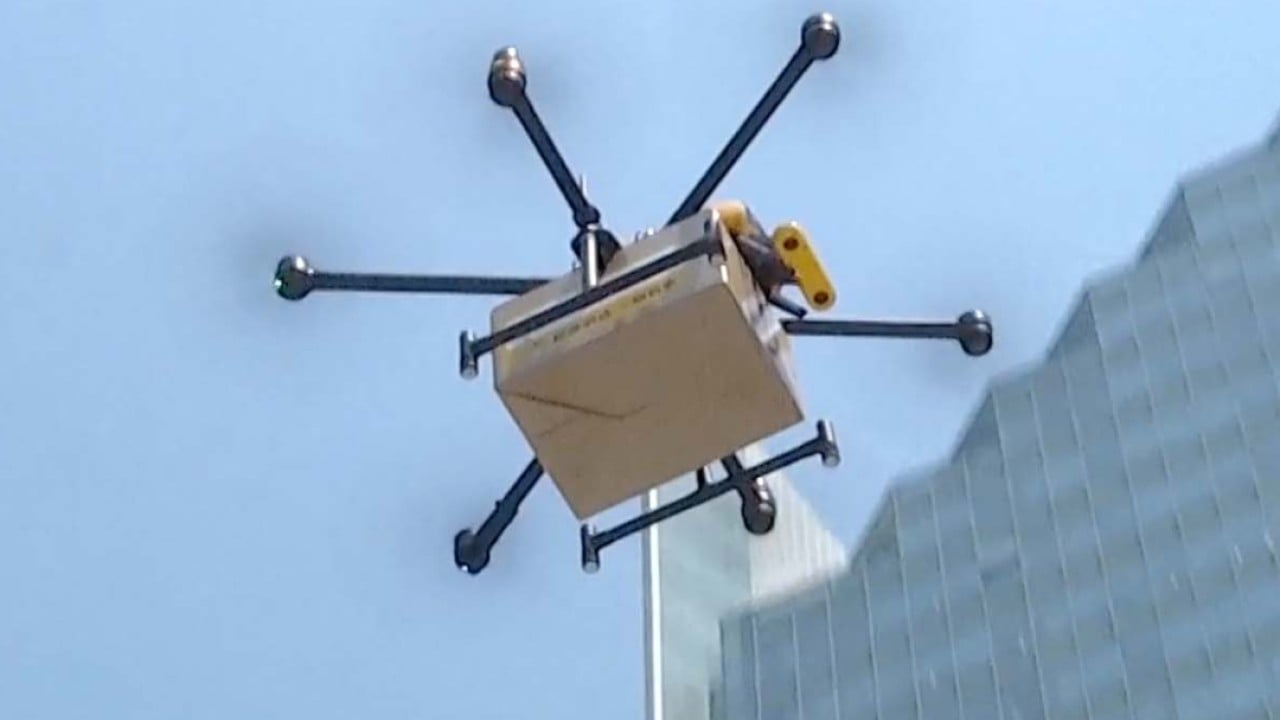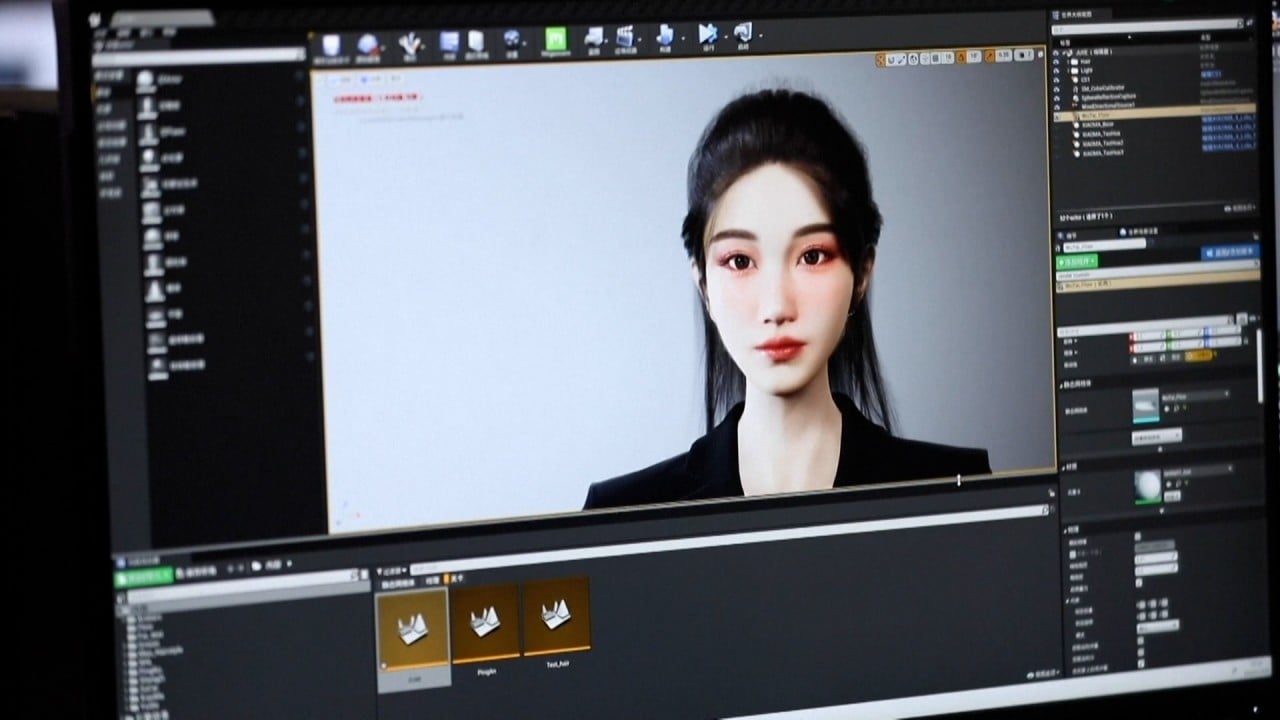China’s political elite and lawmakers gather this week for the country’s annual legislative sessions which will set budgets and lay down Beijing’s plans for the country’s economy, diplomacy, trade and military. In this, the final part of the series, our science reporters look at the country’s prospects of avoiding long-term technological stagnation.
China’s “two sessions” this week are expected to generate more policies to support science and technology as part of a strategy to boost economic growth.
The legislature and top political advisory body are meeting amid an intensifying debate about the state of the country’s technological development and the risk of a “middle-technology trap” – a situation where developing countries initially benefit from the transfer of industrial capabilities due to their low-cost advantages but risk longer-term stagnation when they struggle to catch up with more technologically advanced nations.
One of the drivers of the debate, Zheng Yongnian, a political scientist from the Chinese University of Hong Kong, Shenzhen argued last year that “for a large economy like China, it will be difficult to achieve high-quality economic development without technological upgrades”.
In an article for the Bulletin of the Chinese Academy of Sciences he said the country currently rated at around “four to seven” out of 10 in terms of technological development and needed to find ways to move itself to a rating of “eight or more”.
Zheng’s argument sparked a fiery debate in China, with some supporters arguing that it objectively portrays the considerable gap between China’s technological advancement and that of the West.
But opponents say the concept of a middle-technology trap fails to accurately depict China’s current status because it has surpassed the United States in some regards.
A more recent contribution to the debate came in an article for the Communist Party mouthpiece People’s Daily last month.
The author, Jiang Chuanhai, the president of the Shanghai University of Finance and Economics, said the country should form “new productive forces” and warned that it was lagging behind on “four foundations”, which he identified as key basic materials, core components, advanced basic processes and industrial technology foundation.
“[We should] address the technological gaps of the ‘four foundations’, strengthen technological expertise in areas such as infrastructure construction, mobile payments and the digital economy, and prioritise the development of general technologies represented by artificial intelligence,” the article said.
“We should promote quality international cooperation … improve the market reputation of ‘Made in China’ and enhance China’s position in the global industrial, supply and innovation chains.”
China’s rapid economic growth in the past few decades has benefited greatly from technological innovation in developed economies, according to Liu Shaoshan, director of embodied intelligence at the Shenzhen Institute of Artificial Intelligence and Robotics for Society.
He said other countries have followed a similar strategy by seeking first to become wealthy before shifting their focus to greater innovation.
Huawei’s AI chip prowess under scrutiny after Nvidia taps it as likely rival
Huawei’s AI chip prowess under scrutiny after Nvidia taps it as likely rival
Liu does not believe that China lacks the ability to innovate. He argued “China used to focus more on how to make the cake bigger, rather than emphasising whether the cream was invented by itself”, but would generate a series of innovations over the next five to 10 years.
However, he also warned it should look at ways to optimise its incentive and review systems to help this process along.
At present, even in fields where China is a leader, such as electric vehicles, it still needs foreign technology.
One vehicle engineer, speaking on condition of anonymity, said China has largely developed home-grown solutions in “core [areas] of car manufacturing such as batteries, electric driving systems and electronic control systems”.
But when it comes to digital simulation software, which allows for the creation of a digital twin of an actual vehicle before developing the model, Chinese carmakers generally use software developed by French software company Dassault Systèmes for digital physical modelling.
Given that a car consists of tens of thousands of parts, the product has proven crucial and China has yet to come up with a domestically produced substitute, he said.

The country is also falling behind the United States in generative artificial intelligence, according to Zhao Junbo, a professor with the Institute of Computer Software at Zhejiang University.
He cited the recent release of the text-to-video model Sora by OpenAI and said that unlike the large language model ChatGPT, catching up in video generation would be particularly challenging because there are hardly any anchors to rely on.
“While the open-sourcing of [large language model] LLaMA by Metal has inspired many companies developing ChatGPT applications, the technical route behind Sora is quite different. Even if the source code were available, replicating similar text-to-video applications would be difficult,” he told Shanghai-based news outlet The Paper.
“In the modern development environment of technology, the era of fighting alone or relying on one hero has come to an end.
“The key lies in an adequate talent team, the accumulation of computing power and data, and the build-up over time.”
There is still some debate about whether the US and China are really rivals in key hi-tech areas. But Zhou Yu, a professor at Vassar College in New York who researches globalisation and the hi-tech industry in China, believes this is what will happen if the world’s two biggest economies decouple.
In the near future, she expects China’s hi-tech growth to manifest in areas such as the internet, green tech, alternative energy, biotechnology, material science and application, robotics, artificial intelligence and manufacturing.
“In China, most energy will be on import substitution with anticipation of more decoupling. The resulting alternatives will eventually be exported to the world and that is creating rivals,” she said, but added that the US is likely to remain ahead in some areas.
She made a similar argument during a recent panel discussion organised by the India China Institute of The New School in New York City, where she argued current “US decoupling” efforts are intended “to weaponise the hi-tech supply chain”.
“The most damaging is the uncertainty regarding future supplies. If you build your technology based on something you have available now, and you do not know if it will be available down the road – that is a very big problem for companies to develop,” Zhou said.
Zhou said more Chinese companies are anticipating further decoupling and the entire ecosystem has been mobilised to anticipate, locate and fill in the gaps which “creates the demand for substitutes and alternatives which were not there”.
One example she cited was the latest 5G smartphone made by Huawei Technologies after it was denied access to US chips.
The development of the product was widely hailed inside China as an example of how the country could find ways to reduce the impact of US sanctions, while Zhou described it as an example of “how much pressure these companies are under to find alternatives”.
US general raises alarm over ‘breathtaking’ growth in China’s space tech
US general raises alarm over ‘breathtaking’ growth in China’s space tech
However, some question the very concept of a middle-technology trap. Wang Yanbo, an associate professor of strategy and innovation at the University of Hong Kong, said it “may appear valid on the surface, but it is ultimately misleading”.
“Instead of focusing solely on the stage of technological development, scholars and policymakers should pay closer attention to the mechanisms that facilitate or constrain a country’s growth in scientific capacity and technological capability,” Wang said.
“To genuinely advance their technological capabilities, countries must engage with the global community, exchange knowledge, collaborate and participate in the global production and commercialisation of knowledge.”
Wang said “self-reliance is not a viable path for technological development in the modern world”.
He cited the demise of the Soviet Union, which had tried to develop its computing and chip-making industries in the two decades before it collapsed, adding that Japanese firms had also failed to become world leaders after being denied access to technology developed in US national labs.
He said “determining how to collaborate with the global community, capitalise on knowledge spillovers from global leaders in science and technology and access complementary assets beyond one’s national borders” is key to addressing the so-called middle-tech trap.
“None of these are about technology per se,” he said.
Gong Tao, who founded Qibo Robot, a technology company based in Shandong province, also questioned the concept.
Citing Germany, Japan and the United States as examples of countries that are considered to be scientifically and technologically advanced, Geng said they are leaders in specific areas and have unique competitive advantages.
Although China has now fallen behind in some areas such as cutting-edge semiconductor manufacturing, he argued, it is a leader in other technologies such as electric vehicles and some types of medical equipment.
“The middle-income trap mainly measures and compares the economic indicators of a nation or region. But technology has so many different aspects and categories that it refuses to be seen as a whole,” he said.
“For example, it can be divided into high-end and low-end technologies, traditional fields and emerging fields.”




